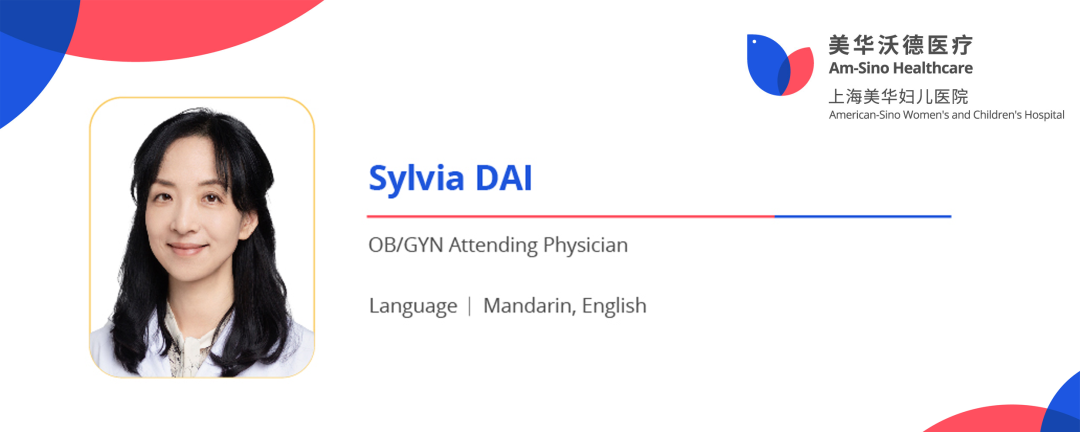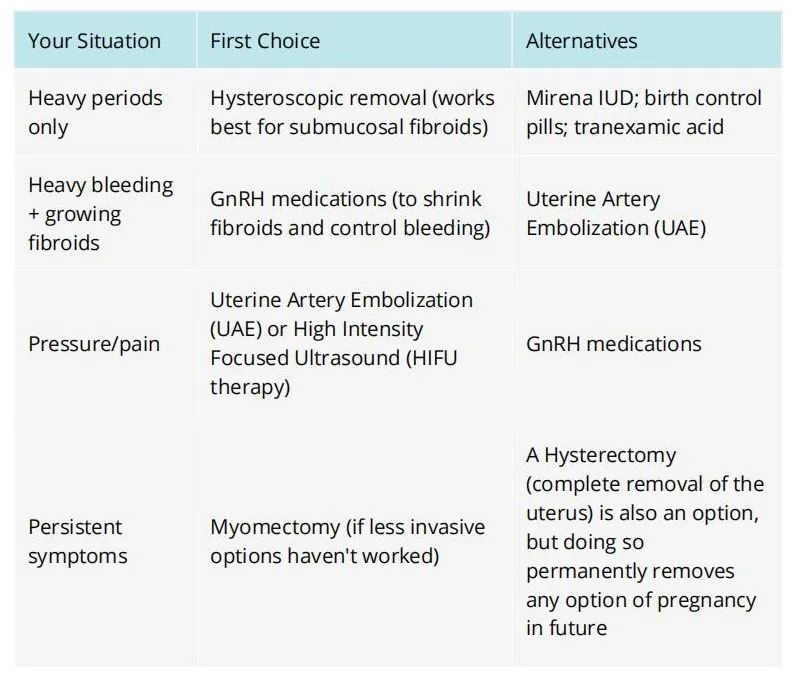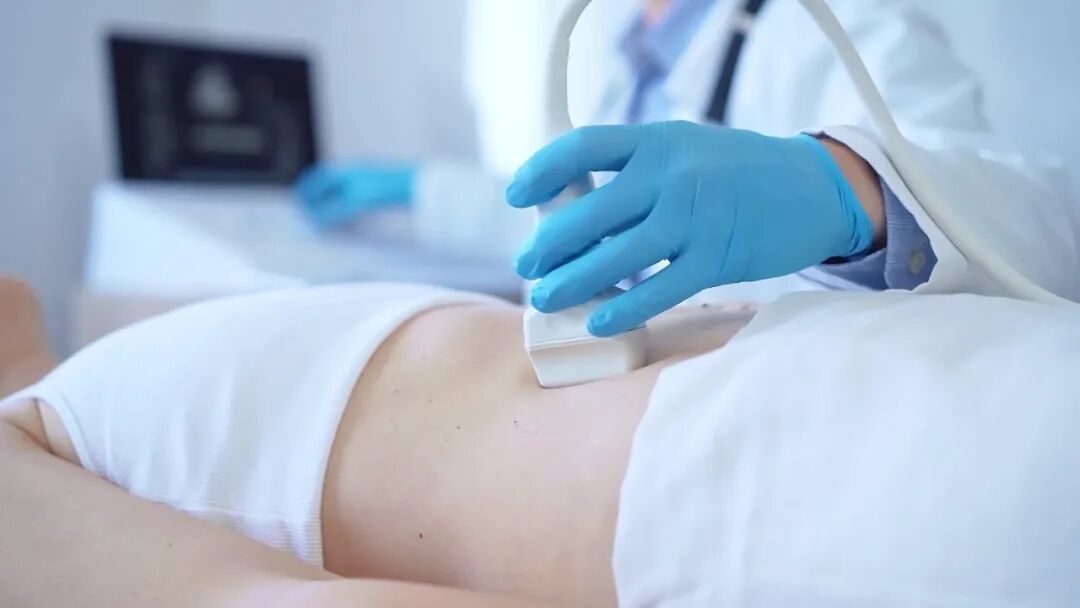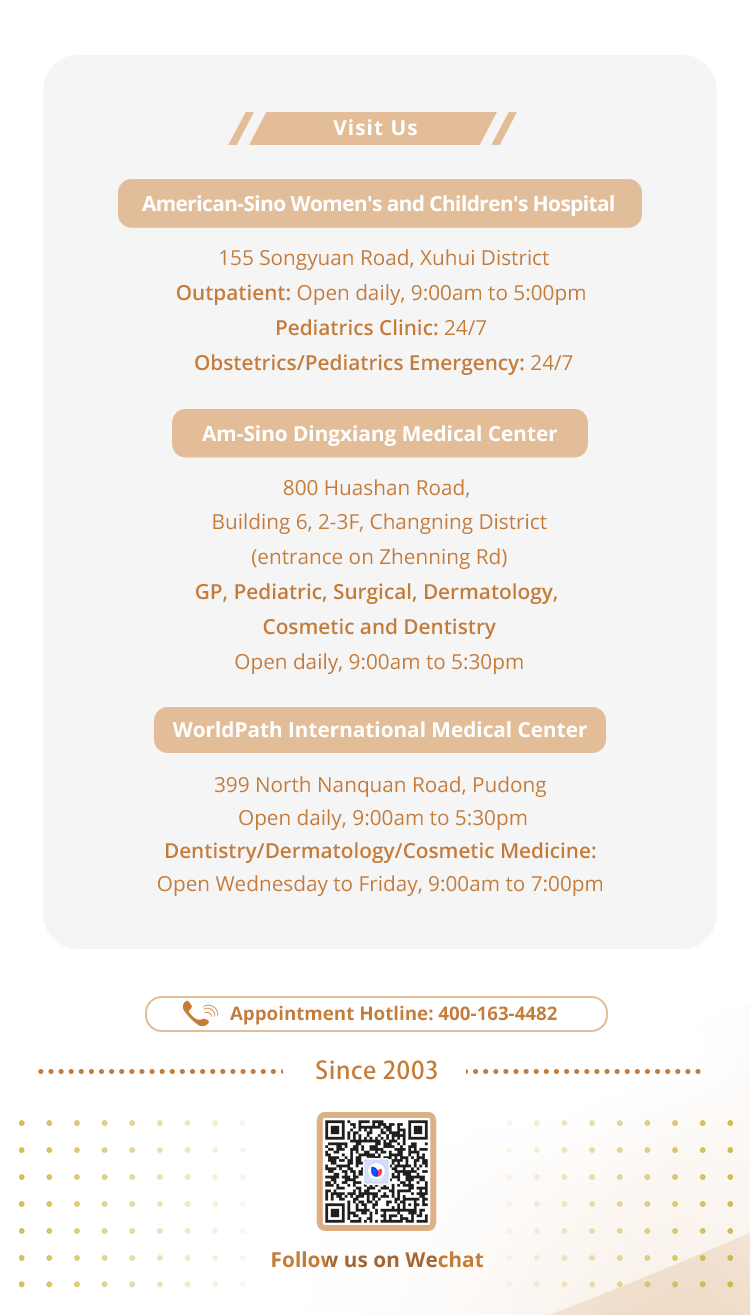
The following article is from the WeChat Official Account: Dr Dai FemHealth.
Uterine Fibroids are non-cancerous growths of muscle and tissue in the wall of the uterus (womb). One in four women will develop uterine fibroids at some point- and here's the good news: most never need surgery. Your life plans are the most important factor in guiding your treatment options.
When are fibroids a problem?
Fibroids often hide without any obvious effect, in fact 60% of women with fibroids don't have any symptoms at all. If yours was found during a regular checkup, just keep tabs on it for now, but see your doctor if you notice any of the following:

Treatment options
Deciding on which treatment option is right for you depends not only on the symptoms and location of the fibroids, but also on your future family plans. Treatment options can be categorized by your current and future pregnancy plans. Let’s look at them separately so you can narrow in on the best path for you.
01
If you’re hoping to get pregnant soon (within 1-2 years):
It is ideal to avoid unnecessary surgery if planning to get pregnant in future. However, there are some situations where the surgical treatment for uterine fibroids can beneficially improve conception rates and pregnancy outcomes. The decision here will be guided by the type of fibroid you have:
Small Subserosal fibroids:
Grow on the outer surface of the uterus and extend outward into the pelvis
These are usually fine to leave as they are
Intramural fibroids:
Grow within the muscular wall of the uterus
If they are distorting the uterus cavity, it’s a good idea to consider removing them, either with laparoscopic or open surgery
If they are not distorting the uterus cavity, you can monitor instead
Submucosal fibroids:
Grow just under the lining of the uterus (endometrium) and protrude into the uterine cavity
These need to be removed before trying to conceive, usually with hysteroscopy

Surgery & Conception Timelines:
Hysteroscopy (used for Submucosal fibroids, smaller than 5cm): best to wait 3 months before trying to conceive;
Laparoscopy (for Intramural or subserosal fibroids smaller than 10cm): best to wait 6-12 months before trying to conceive;
Open surgery (for large or multiple fibroids): best to wait 1-2 years before trying to conceive.

02
Not planning to get pregnant (within the next few years):
A quick look at your options that still allow for pregnancy in the future should you desire it (more info is available on each method following the table):

About These Methods:
The Mirena IUD is like your 8-year partner in controlling heavy bleeding; will also prevent pregnancy.
GnRH meds (such as Leuprolide) can shrink fibroids by 30-50% in 3 to 6 months.
UAE (Uterine Artery Embolization) blocks the blood supply to fibroids; about 90% of people see their symptoms get better.
HIFU (High Intensity Focused Ultrasound) is a non-invasive treatment that's especially common in China; can shrink fibroids by 30-50% within 6 months, with 70-90% of symptom relief.
More on Monitoring
Monitoring can be better than treatment if:
You have no symptoms.
Your fibroids have stayed the same size for a year or more.
You're getting close to menopause.
The uterus is smaller than the size of a 12-week pregnancy (not palpable on abdominal examination).
While you are monitoring, be sure to get a pelvic ultrasound every 6-12 months, and see your doctor right away if you start having symptoms.

Ultimately, when it comes to fibroids there’s no one-size-fits-all approach: talk with your doctor if your fibroids are affecting you and match your treatment to your life plans.
Reference:
1. FDA label update (2020), Contraception (2021).
2. American College of Obstetricians and Gynecologists (ACOG) Practice Bulletin No. 228 (2021).
3. REST Trial (NEJM, 2023): UAE vs. surgery – comparable 5-year outcomes.
4. ExAblate Pivotal Trial (Fertil Steril, 2020): 94.46% symptom improvement.
5. Meta-analysis (J Ther Ultrasound, 2022): 68.29% significant shrinkage.

Am-Sino
International Women's Health
The Women's Health Center offers personalized, comprehensive health management plans tailored for each woman throughout her life cycle.
Dedicated to providing the latest in international medical standards, the comprehensive health services cover the needs of women of all ages:
Adolescent health and education
Endocrine disorders; premature ovarian failure
Infertility and high-risk pregnancies
Preconception preparation & genetic counselling
Menopausal and aging health management
Urinary incontinence, pelvic floor dysfunction
Gynecological conditions (cervical, ovarian, uterine)
Sexual health & sexual dysfunction
Adolescent health and education
Aesthetic medicine
Mental health management
The Am-Sino Women's Health Center follows a multidisciplinary collaborative model, providing comprehensive health management from prevention to treatment. Regardless of your stage of life, we will tailor a personalized health plan for you, providing exclusive care and support.












